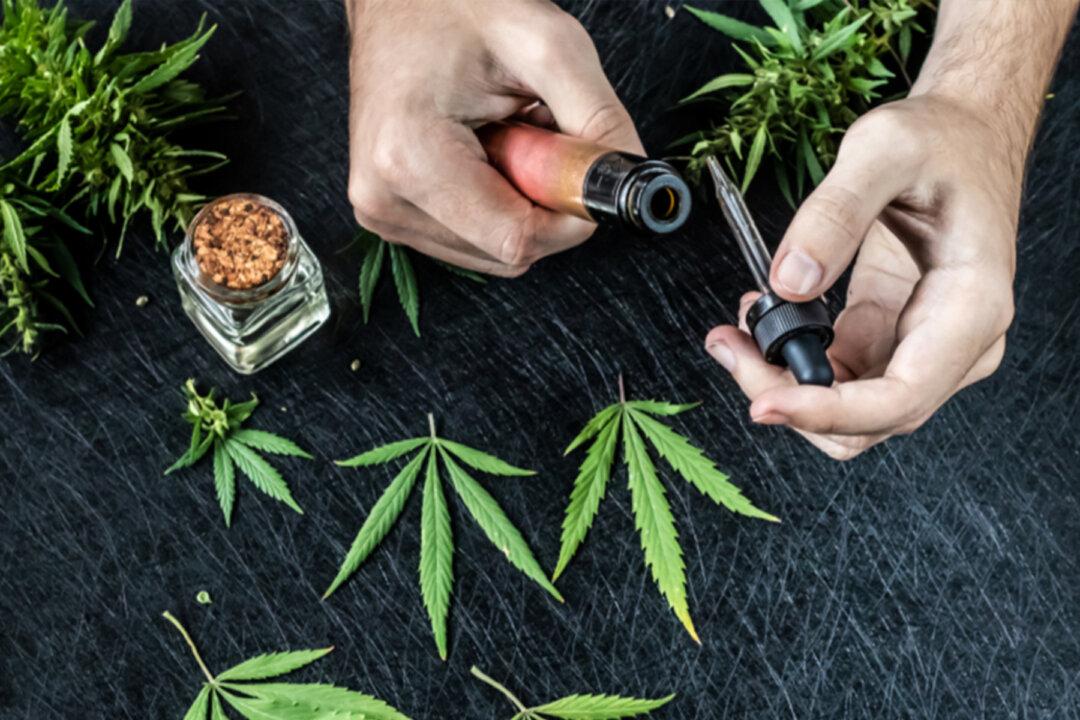A cautionary public warning from Colorado mother Laura Stack about the tragic suicide of her 19-year-old son due to new, and much more powerful, forms of marijuana has gone viral.
In a Facebook post, she informs other parents about “the difference between smoking pot (and some edibles) and dabbing high-THC wax, shatter, or butter.”





